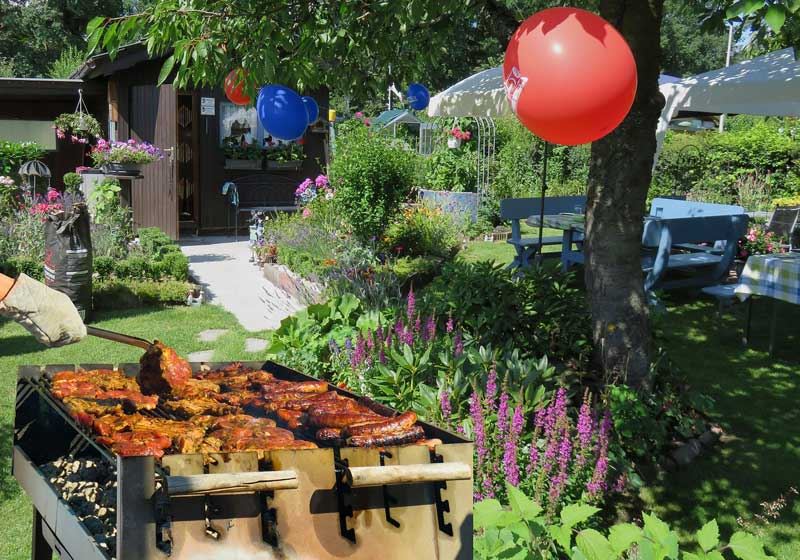By Marie-Antoinette Issa.
Dining in the Middle East is an experience steeped in hospitality. An occasion where family and friends gather around the table, as stories and memories flow as freely as the food. While these feasts are typically associated with a traditional mezza spread - featuring iconic dishes such as tabouli, hummus and pita bread-filled falafel - the cuisine of the Middle East stretches far beyond these familiar favourites.
It encompasses a vibrant array of tastes and textures that reflect the rich tapestry of cultures across the Levant, North Africa, Iran, Iraq and the Arabian Peninsula.
Here are some of the most surprising Middle Eastern dishes that go beyond mere chickpea dips!
Common Ingredients and Techniques
Before discussing their differences, it’s interesting to note that with borders in the region historically blurred, many Middle Eastern foods share common traits. These include ingredients such as fresh herbs, spices like cumin and coriander, grains like burghul (cracked wheat), rice and legumes, as well as cooking techniques - with many countries laying claim to similar dishes.
However, distinct differences arise from regional influences, with Arabian cuisine leaning towards rich spicy and aromatic meals, while the Levant emphasises Mediterranean-style salads and dips.
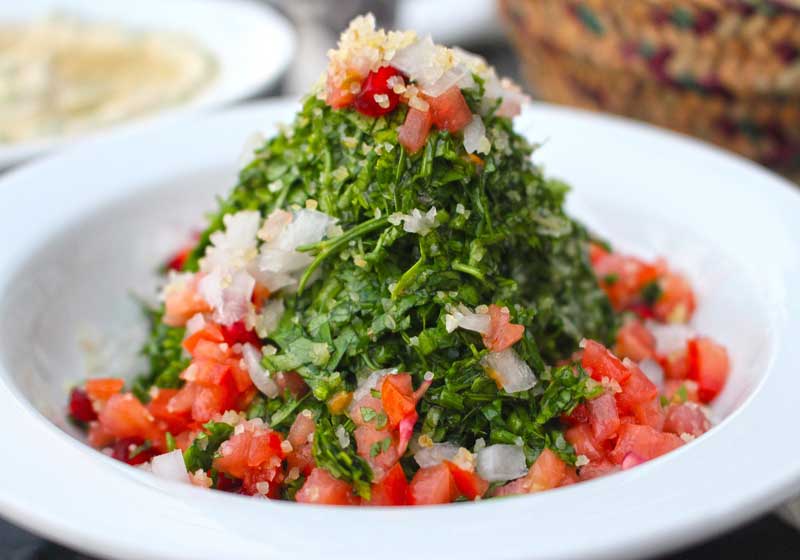
Lebanon
Lebanon is famed for its tabouli, hummus and kibbeh - a dish that comes in various forms. While brave diners may recognise the raw version (kibbeh nayeh), there are also baked varieties such as kibbeh bi sanieh, where spiced meat and bulgur are layered and baked until golden and kibbeh bi labin: a variation served in a yoghurt and rice sauce, often garnished with mint.
Some of the even lesser-known delights of the country’s cuisine include shish barak - dumplings filled with spiced meat and served in a tangy yoghurt sauce; kousa mahshi - stuffed zucchini filled with a mixture of rice, minced meat and spices, simmered in a tomato sauce; and ghammi - a regional dish involving cleaning and preparing animal intestines (usually sheep or goat) and stuffing them with a seasoned mixture of rice, meat and spices.

Syria
Syria and Lebanon share geographical borders and, as a result, many common meals - these include vegetarian vine leaves. However, in Syria, the name for these is yalanji, which translates to ‘liar’, as it lacks the meat typically associated with warrak inib (akin to dolma). This dish features vine leaves stuffed with rice, tomatoes and spices, offering a fresh and zesty taste. Another uniquely Syrian dish is muhammara (from the Arabic word ahmar, which literally means red). This red dip, originally from the Syrian city of Aleppo, is made with capsicum and walnuts.
Jordan
Jordan’s iconic mansaf is a celebratory dish featuring lamb cooked in a sauce made of fermented dried yoghurt and served over rice. Lesser known is zarb, a traditional Bedouin dish of spiced lamb and vegetables cooked in a deep hole in the ground, covered with hot coals.
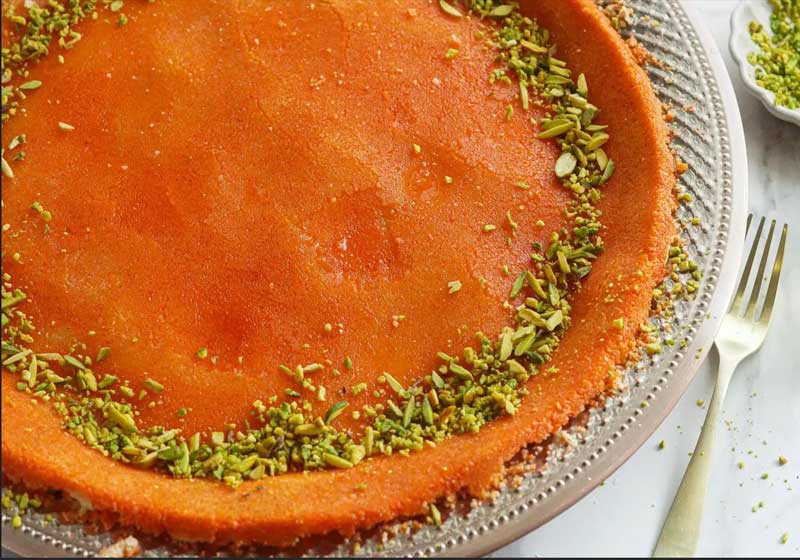
Palestine
Palestine’s most prolific food is probably knafeh nabulsi - the cheesy dessert named after the famed city. However, other popular (although perhaps lesser known) Palestinian plates include musakhan - a traditional dish consisting of chicken roasted with onions, sumac and served on flatbread.
Qidreh - a rice dish cooked with meat (usually lamb) and spices, often topped with fried onions and served with a tangy tomato sauce that is a hallmark of Hebron and maqluba - a rice, meat and fried vegetable-based turnover dish, which is literally where its name comes from. While it can also be found in Iraq, Syria and Jordan, it is often considered the national dish of Palestine.
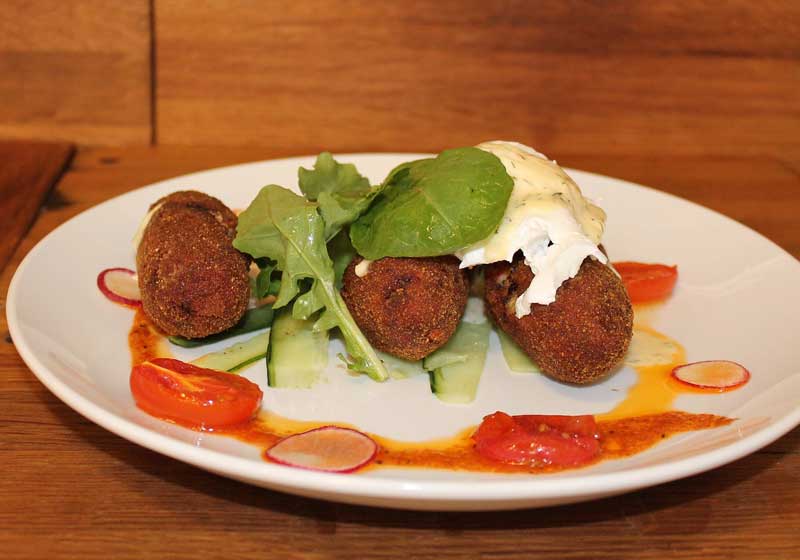
Egypt
Egyptian cuisine offers a variety of unique dishes that reflect its rich history and diverse influences. Many may recognise koshari, ful medames and falafel (the Egyptian take made with fava beans), however alongside these popular options are delicious others that are more unusual.
Hawawshi is one such example - a popular street food consisting of spiced minced meat stuffed into pita and baked until crispy. This dish exemplifies the blend of flavours and textures found in Egyptian food. Another popular dish (which other countries will attempt to lay claim to!) is fatteh - featuring layers of rice, bread and a fragrant tomato sauce topped with tender meat and yoghurt, creating a comforting and hearty meal.
Kebda Eskandarani is a street food delicacy from Alexandria, consisting of liver sauteed with spices and served in a sandwich. Finally, molokhiya is a green leafy stew made from jute leaves, often served with rice and chicken. Enjoyed across many countries of the Middle East, it is believed to have a lineage that can be traced to the pharaohs of Ancient Egypt.

Iraq
Though less recognised than the Middle Eastern foods of the Levant, Iraqi cuisine is renowned for its depth of flavour and aromatic spices. Masgouf, for example, is a traditional grilled fish dish, often marinated in a blend of spices and slow-cooked over an open flame, resulting in tender, smoky fish that captures the essence of Iraq’s rivers.
Biryani showcases the region’s love for rice, featuring fragrant basmati rice layered with marinated meat and often garnished with nuts and raisins. Another lesser-known gem is bagila bil dhin, a dish of broad beans cooked with spices and served with a drizzle of olive oil and lemon juice.
Quzi is a celebratory Iraqi dish featuring spiced rice topped with tender, slow-cooked lamb, often adorned with toasted almonds, raisins and fried onions. Finally, kahi and geymar are popular breakfast treats highlighting the sweet side of Iraqi cuisine. Kahi is a flaky, layered pastry that pairs perfectly with geymar, a rich clotted cream. Often drizzled with honey or sprinkled with nuts, this delightful combination offers a comforting start to the day and evokes warmth and nostalgia.
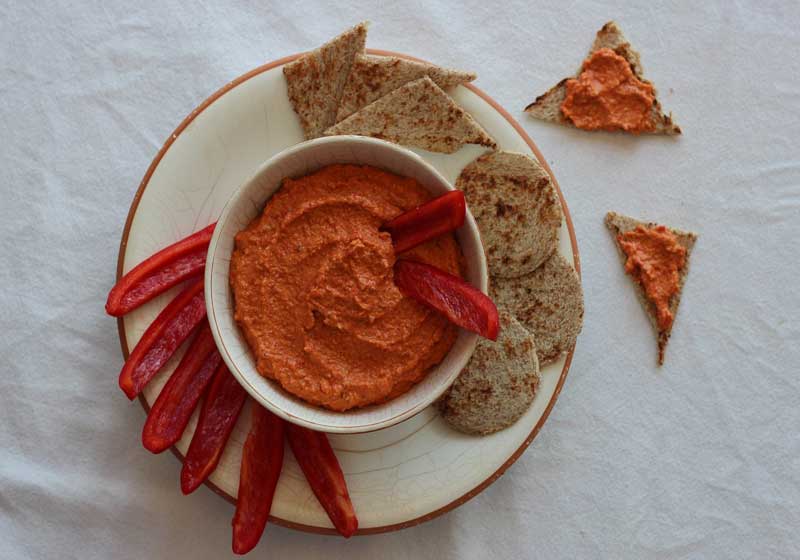
Oman
Omani cuisine is a rich mix of spices and flavours that reflect the country’s rich history. Shuwa is a show-stopping dish where marinated lamb is wrapped in banana leaves and slow-cooked underground for hours, resulting in melt-in-your-mouth tenderness. Another popular dish is mashuai, a spiced fish served with rice and a tangy sauce made from lemon and coriander, embodying the coastal flavours of Oman.
Harees, a porridge-like meal made from wheat and meat, is a comforting dish traditionally served during special occasions, often enjoyed with family and friends. Dining on Omani cuisine is a warm embrace of hospitality, making every meal a celebration of the country’s rich culture.
Yemen
Yemeni cuisine is known for its bold flavours and fragrant spices. Mandi is a staple dish made with marinated meat, rice and a blend of spices, all harmoniously cooked together. It is typically served on special occasions, showcasing the beauty of communal dining. Saltah, a hearty stew with vegetables and spices, is often served with a unique side called hilbah, a fenugreek dip that adds a delightful twist.
Aseed is another comforting dish, featuring a dough-like base topped with a rich sauce, often made from meat and spices. Each meal in Yemen reflects the deep-rooted traditions of hospitality and community, where food is a celebration of culture and connection.

Iran
Finally, Iranian cuisine is a vibrant blend of flavours, rich in herbs, spices and fragrant ingredients. Saffron, pomegranates and walnuts are widely used and the cuisine is best known for its slow-cooked meat-heavy stews like ghormeh sabzi - a herb, kidney bean and lamb stew - and fesenjan, a tangy and sweet pomegranate and walnut stew served with chicken or duck.
However, Iranians also love their rice dishes, such as chelo kebab, where saffron rice stars paired with grilled meats, and tahdig, a golden, crispy layer of rice or potatoes formed at the bottom of the pot, considered a prized part of any meal. The balance of sweet, sour and aromatic elements highlights the country’s centuries-old culinary traditions.




